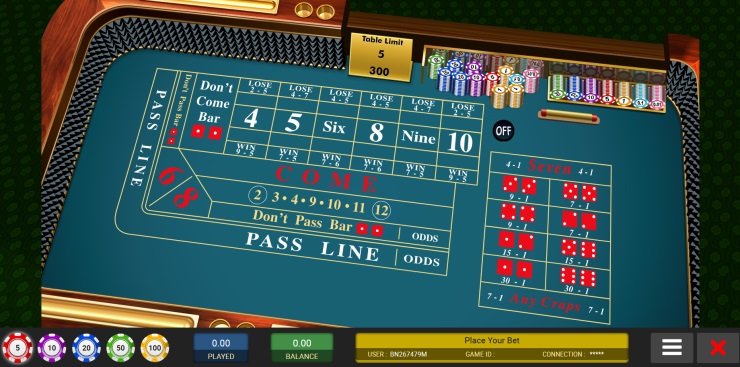
Craps for Newbies: Your Ultimate Beginner’s Guide to Mastering the Dice
Embarking on the thrilling journey of Craps can be a tad intimidating for the uninitiated. With its bustling table, myriad bets, and the unmistakable energy surrounding the toss of dice, the game is a casino staple. This guide aims to demystify Craps for beginners, offering a solid foundation to dive into this exhilarating game with confidence.
Understanding the Basics
Craps is fundamentally about predicting the outcome when two dice are thrown. Players place wagers on these outcomes. The person who throws the dice is termed the “shooter.” Every player gets a chance to be the shooter as the role rotates around the table. Craps tables usually accommodate many players, each getting a turn to toss the dice and all betting on the same rolls.
The game starts with a “come-out roll” by the shooter. If the shooter rolls a 7 or 11, all Pass Line bets win. If they roll a 2, 3, or 12, all Pass Line bets lose. Any other number becomes the “point.”
After establishing the point, the objective is to roll that number again before rolling a 7. If the shooter succeeds, the Pass Line bets win. However, if a 7 comes first, the Don’t Pass Line bets win.
The Bets in Detail
Understanding the bets is crucial for a game of Craps. The most fundamental bets include the Pass Line Bet, Don’t Pass Line Bet, Come Bet, and Don’t Come Bet. The Pass Line and Come bets are for players rooting for the shooter, while the Don’t Pass Line and Don’t Come bets are essentially the opposite.
There are also single-roll bets where you’re wagering on the outcome of the very next roll, irrespective of the point. Examples include betting on a specific double, any double, certain sums, or even specific combinations of dice.
Strategies to Get Started
For beginners, adhering to basic strategies can maximize enjoyment and minimize potential losses. The Pass Line bet, with its low house edge, is a recommended starting point. As you gain familiarity, consider exploring Come bets, which function similarly but can be made after a point is established.
Observing gameplay, either live or online, provides invaluable insights. By watching seasoned players, you can grasp game dynamics, bet placements, and potential strategies.
Lastly, it’s essential to set a budget. Decide beforehand how much you’re willing to wager, and stick to that limit. This discipline ensures the game remains fun and doesn’t strain your finances.

Craps Etiquette
While understanding rules and bets is essential, so is knowing the unwritten norms of Craps. Always handle the dice with one hand when it’s your turn to shoot. When tossing, ensure the dice hit the table’s back wall. This prevents any potential accusations of dice control or cheating.
Also, refrain from mentioning the number seven at a Craps table. It’s considered bad luck to say “seven,” especially when a point has been established. Instead, use alternative phrases like “big red.”
Conclusion
Craps, with its dynamic gameplay and social environment, promises hours of excitement. While the game might seem complex at first glance, understanding the basics and sticking to beginner-friendly strategies can make your introduction smooth. Remember, the ultimate aim is to enjoy the process, relishing every roll of the dice.
As you gain experience, you’ll find yourself more attuned to the game’s nuances, allowing you to delve deeper into its multifaceted bets and strategies. So, gather around the Craps table, place your bets, and let the dice decide your fate.
